Is Common Core worth the effort?
Beginning mid-April, high school juniors will take one of two standardized tests. Many have mixed feelings about the Common Core system itself.
Recent changes in educational standards nationwide have sparked questions and confusion as teachers and students struggle to understand the new Common Core guidelines and tests.
A work in progress since 2008, the Common Core system, implemented in the third through eleventh grades, strives to help high school students meet college and workplace expectations, as well as rise to K-12 standards. These new methods of education are based more around conceptual understanding and application, rather than memorization of facts and basic skills. Common Core aims to help align standards across the nation, allowing for broader teacher collaboration and unified standards across states.
With the new test, math classes will focus more on comprehension and not rote learning. “The Common Core standards force me to make […] the students think with more open-ended questions and more word problems,” said Mrs. Brandae Rossini, math teacher. “I like [the goals] because now the students are required to think more about math and understand why we are doing these procedural problems to apply them into these real world problems that they will actually face, as opposed to just X squared plus two.”
Common Core offers two end-of-the-year tests: the Smarter Balance Assessment Consortium (SBAC ) and the Partnership for Assessment of Readiness for College and Careers (PARCC). The SBAC, adopted by Cam High, features a computer-based test administered in the spring that adapts to each individual student to find the difficulty that is right for them.
Questions on the test will start out at a base-line level and get harder with each correct response, designed so that the student taking it will be challenged. Additionally, there will be college entrance exam questions embedded within both the English Language Arts portion and the Math portion that comprise the test.
Many, however, are left skeptical of the new system, insisting its applications are too labor-intensive. “It’s already my fourth day taking [the test], and I’ve only done three questions,” said Jake Tackett, junior. “Then I still have an essay to do, and then a whole [other] part of the test that I don’t even know what’s on it.”
Cam High’s sometimes slow access to the Internet and limited amount of electronic resources may also prove troublesome for the administration of the SBAC.
“My students have practiced on computers in the classroom a few times using the COWs,” said Mr. William Falconer, English 3 AP teacher. “I think there will also be technological problems and a lot of bugs to work out logistically, technically, and in terms of the students adjusting to a computer-based test
“[The district should not] waste technology and energy resources,” said Christabelle Angeles, junior. “Let’s do it the old fashioned way with pencil and paper and save money on tablets and computers. Most work better that way than staring at a screen. That’s how we were raised.”
Thousands of students nationwide having already filled out the Common Core Opt-Out Form available to them, allowing them to be excused from taking either the SBAC or the PARCC. With $360 million worth of federal monies invested in the creation of the test, students are left wondering if the money could be better spent elsewhere.
“The money used for the tests should be used for more important things, such as irrigation, projects, welfare, environmental research, et cetera,” said Angeles. “The STAR test was fine on its own. Why spend more money on testing if it could be used to fund […] more scholarships for students that can’t afford college? Isn’t that more useful than tests?”
In recent months, the controversy has been raised about whether or not this new testing overreaches the federal government’s power, as laws regarding education are not included in the American Constitution. Public education was originally intended to be regulated by the individual states. Several states have exercised this right, including Alaska, Texas, Oklahoma, Virginia, Indiana, Minnesota, and Nebraska, and the territory of Puerto Rico, and have yet to fully adopt the program.
Despite common misconception, the tests are not created but merely funded by the federal government. In fact, the process is a collaborative effort of the National Governors Association Center for Best Practices (NGA Center) and the Council of Chief State School Officers (CCSSO), along with the minor assistance of teachers.
“They probably [created Common Core] to challenge kids and see where they’re at in their capabilities of learning material,” said Michael Ma, junior. “I think there are some positive aspects of the test. If you get a question right, it increases the level of difficulty, and then if you don’t get it right, it will go back a step and help get you where you need to be as a guidance.”

Hey guys! Welcome to the site. My name's Rhiannan, I'm a senior and the photography editor/photographer here at the Stinger. I originally joined to...

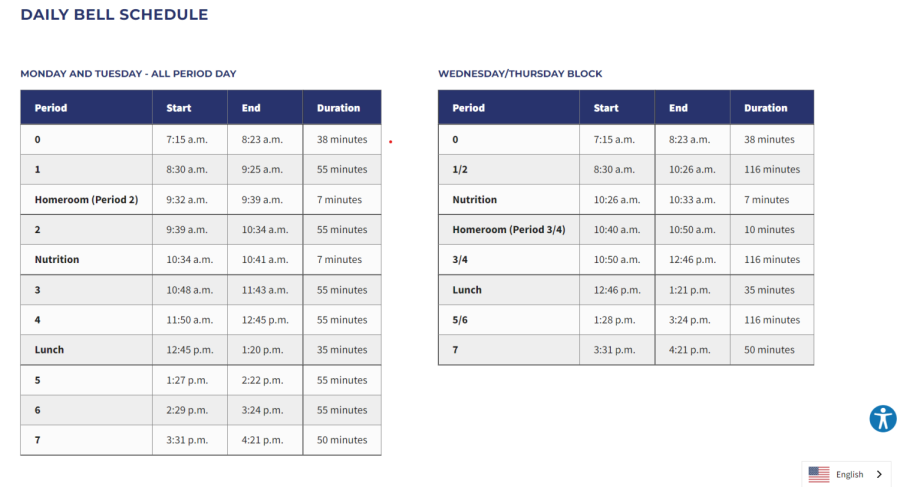




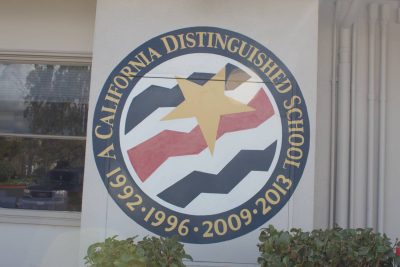


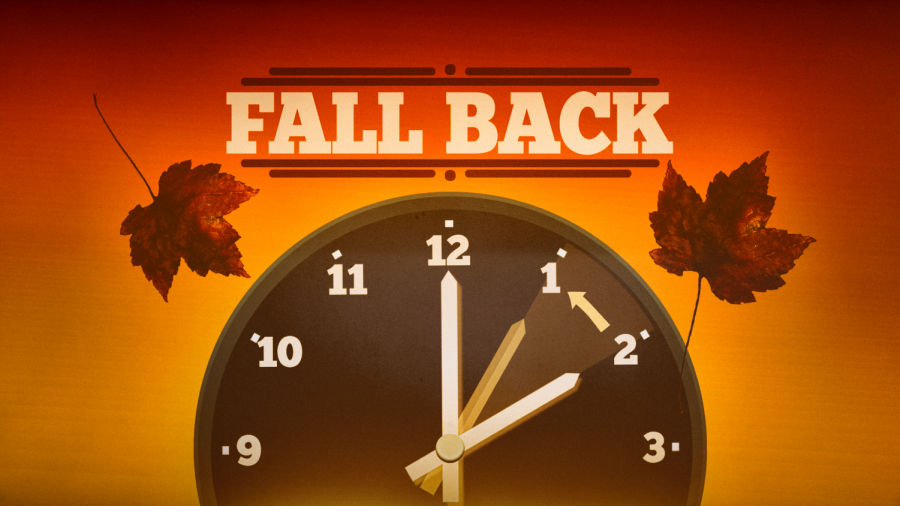









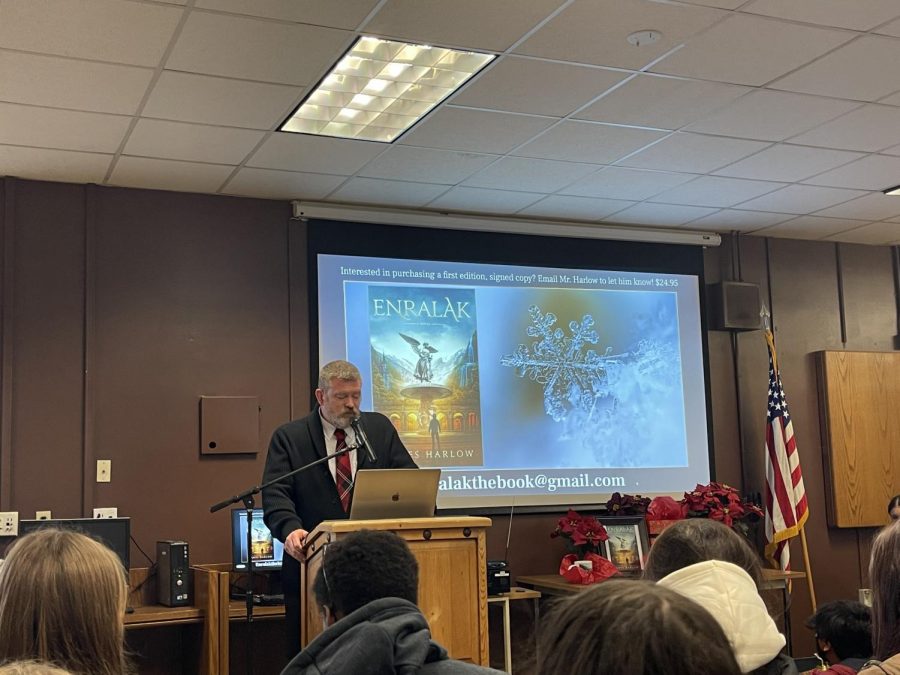

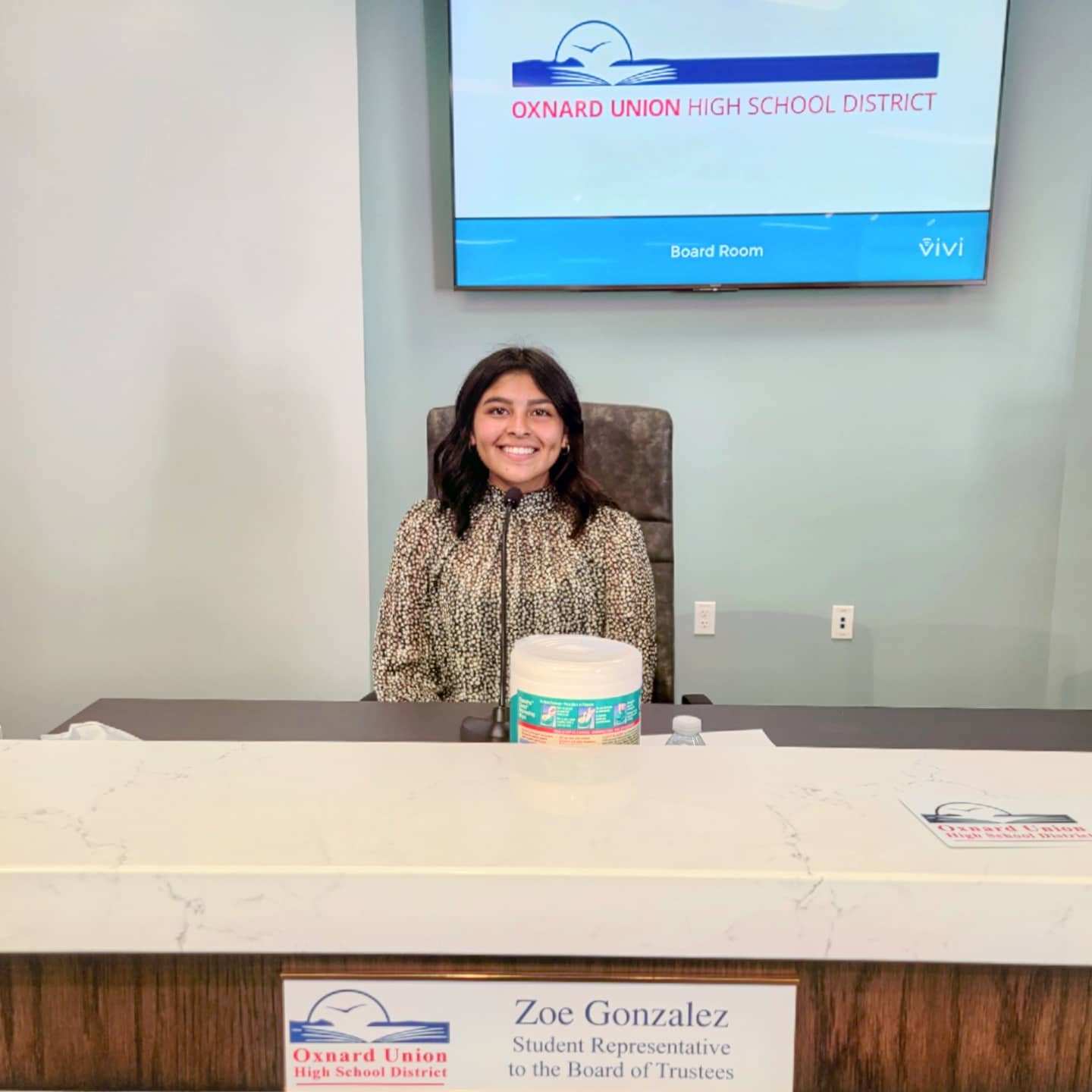


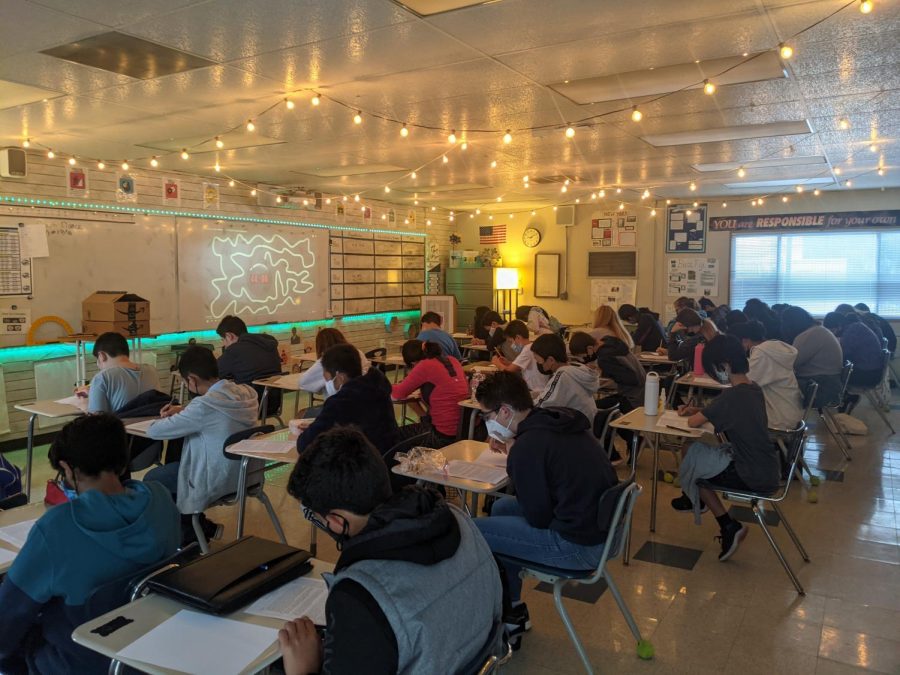
















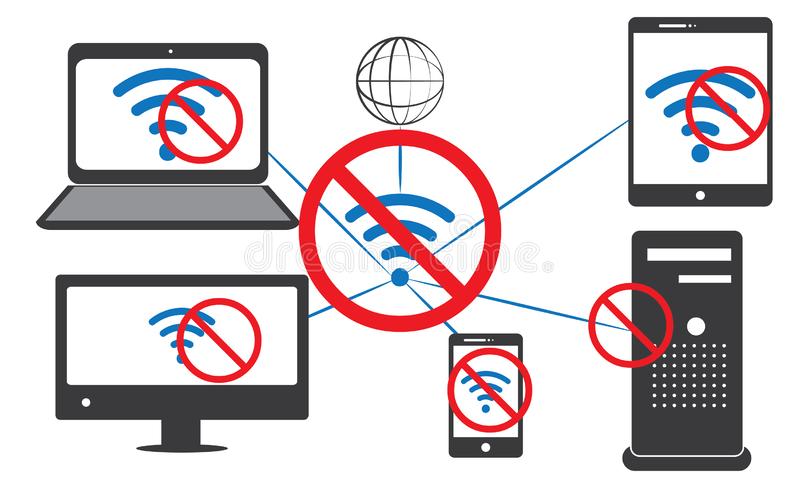





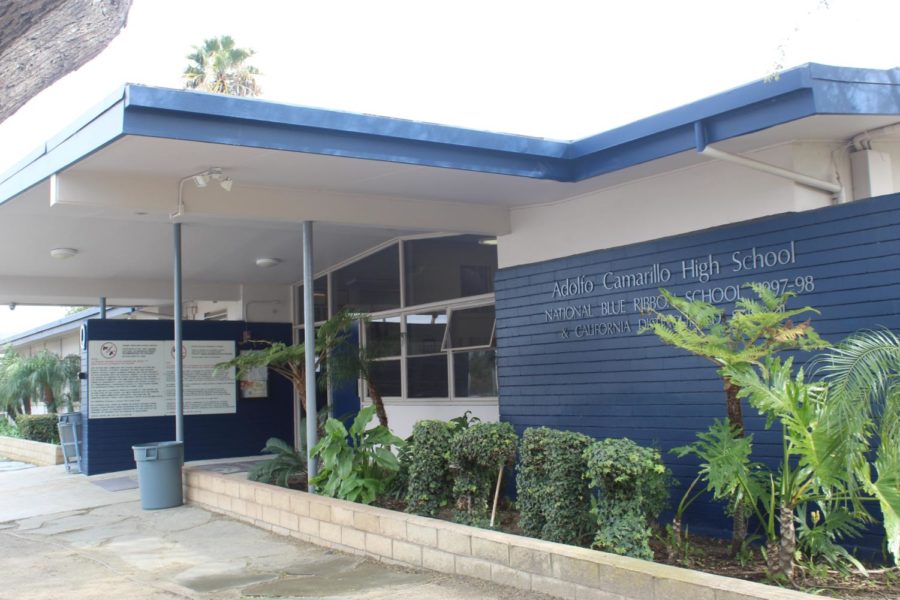


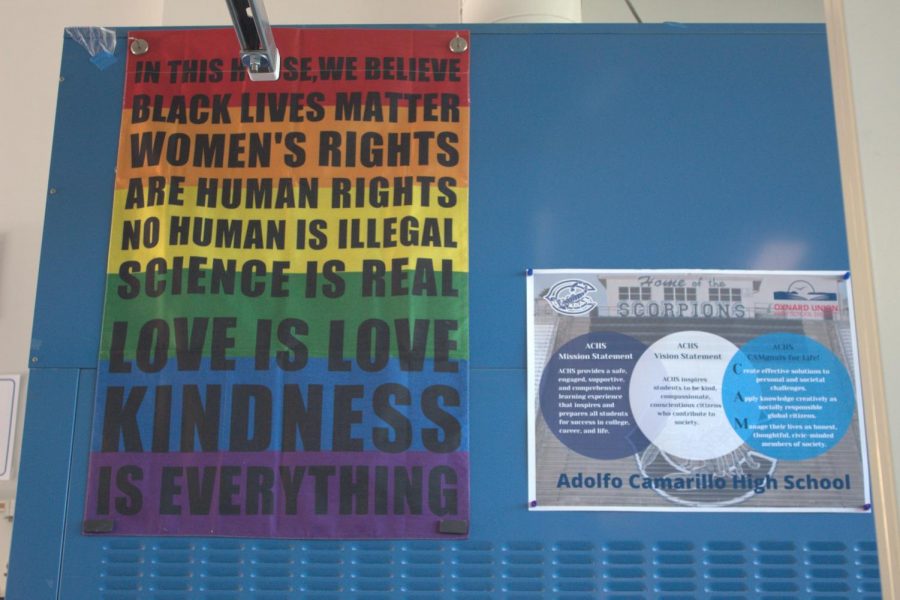








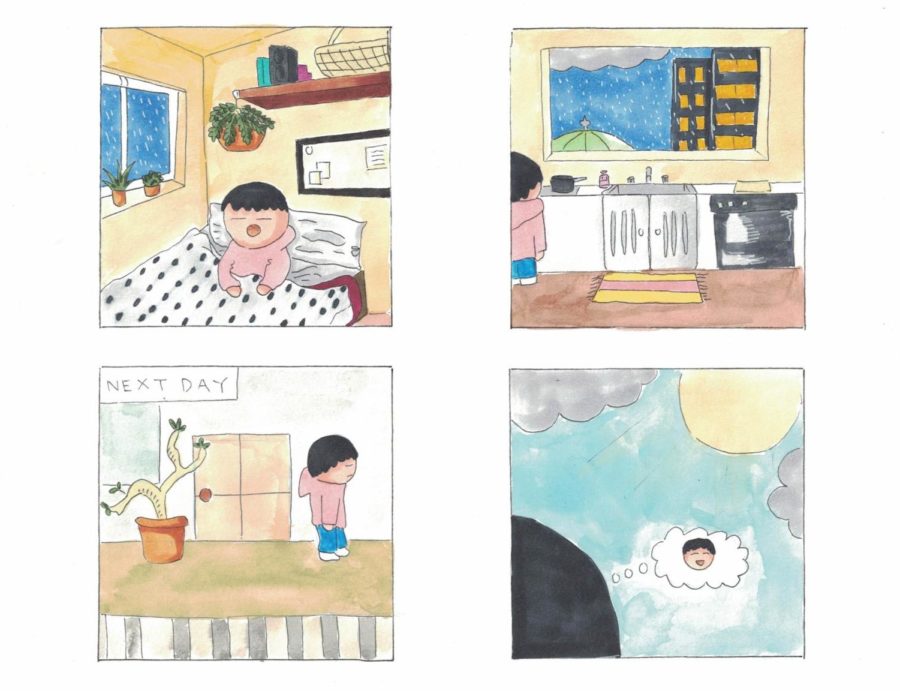



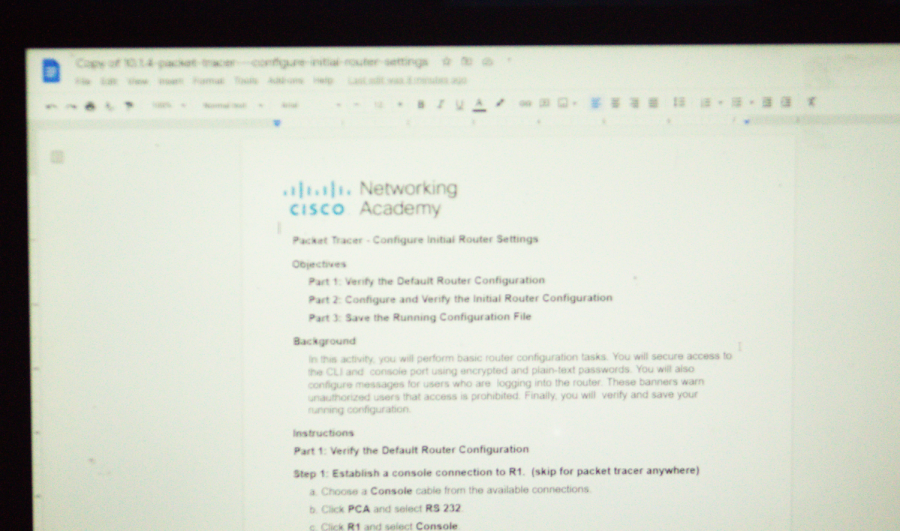



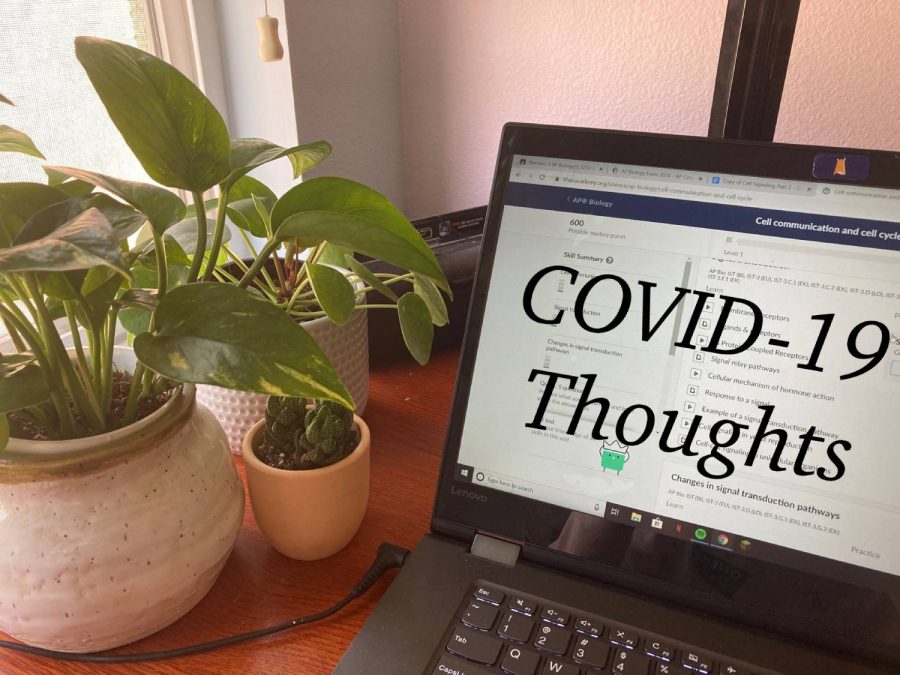













![Senior Ditch Day... Relaxation or Truancy? [Video]](https://achsstinger.com/wp-content/uploads/2017/10/IMG_7119-900x599.jpg)
![Heavy Rain Hits Cam High [video]](https://achsstinger.com/wp-content/uploads/2017/02/maxresdefault-900x506.jpg)



